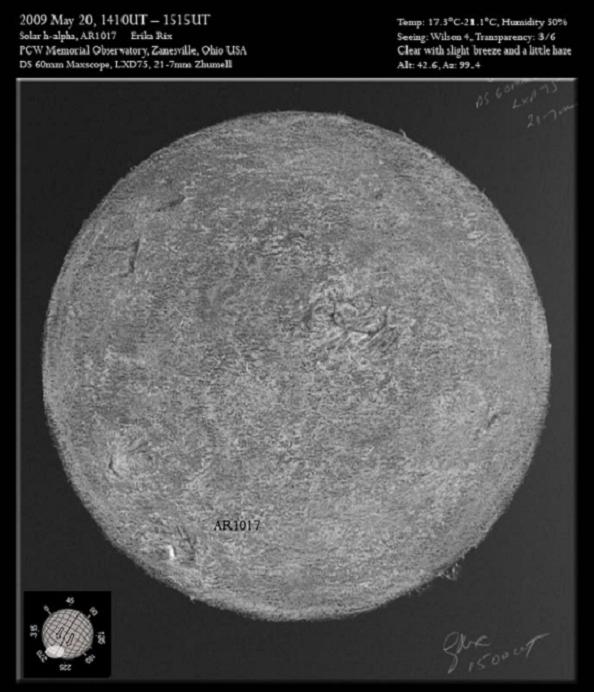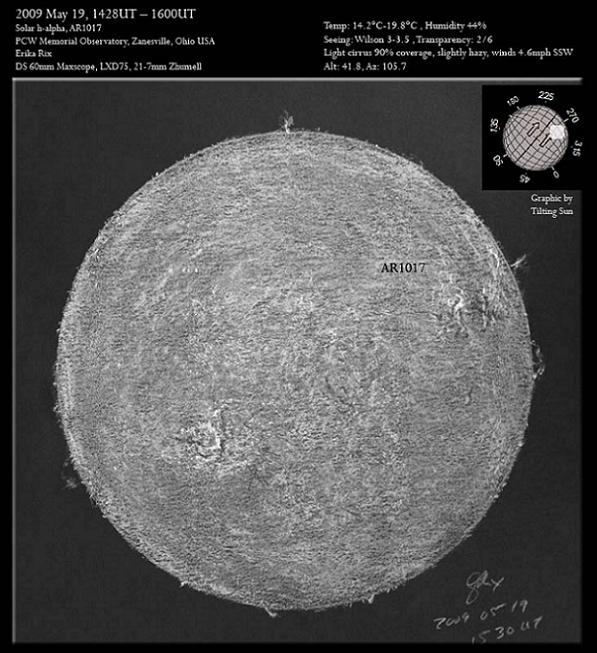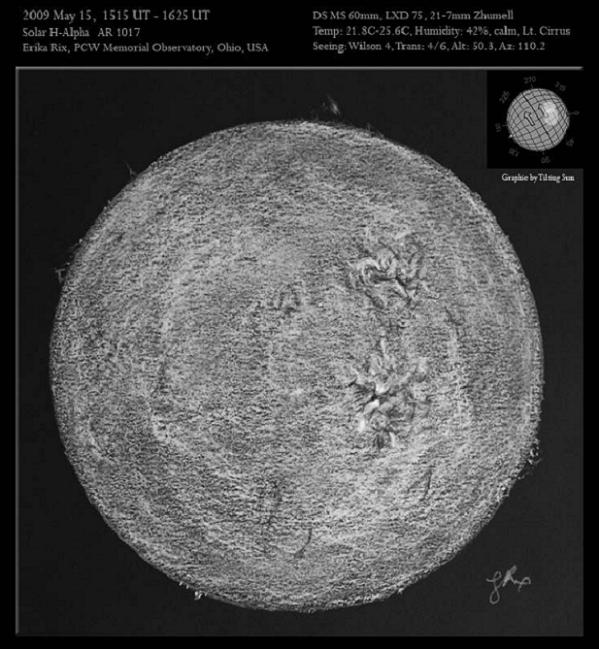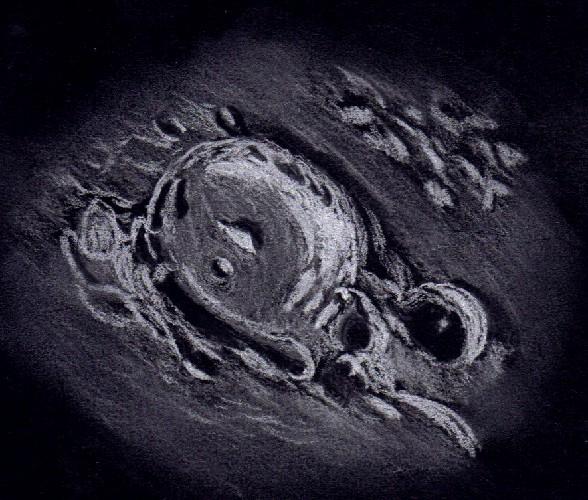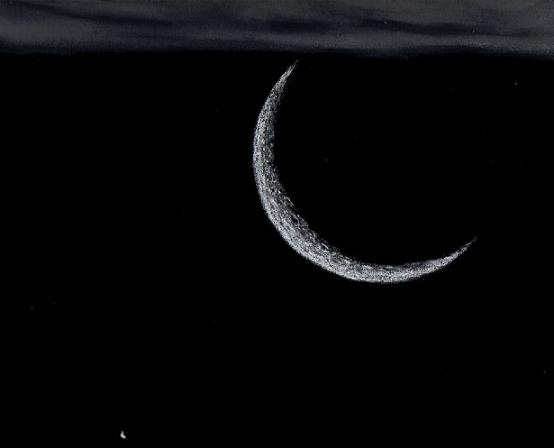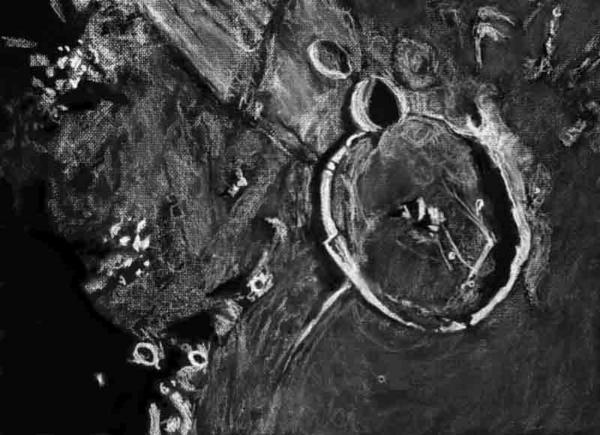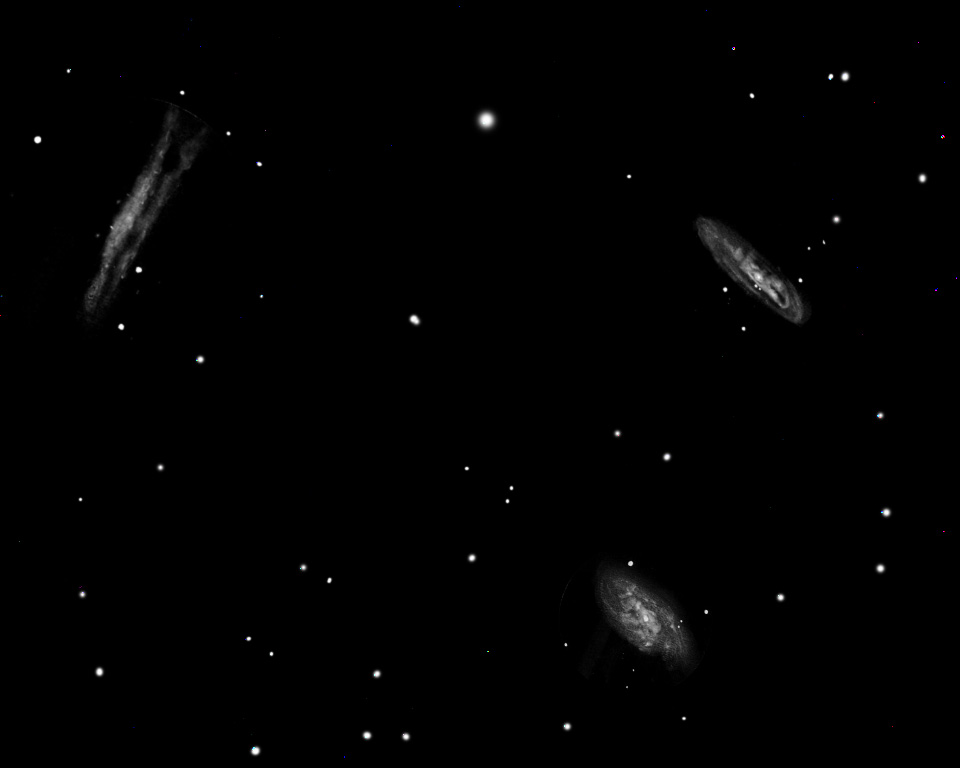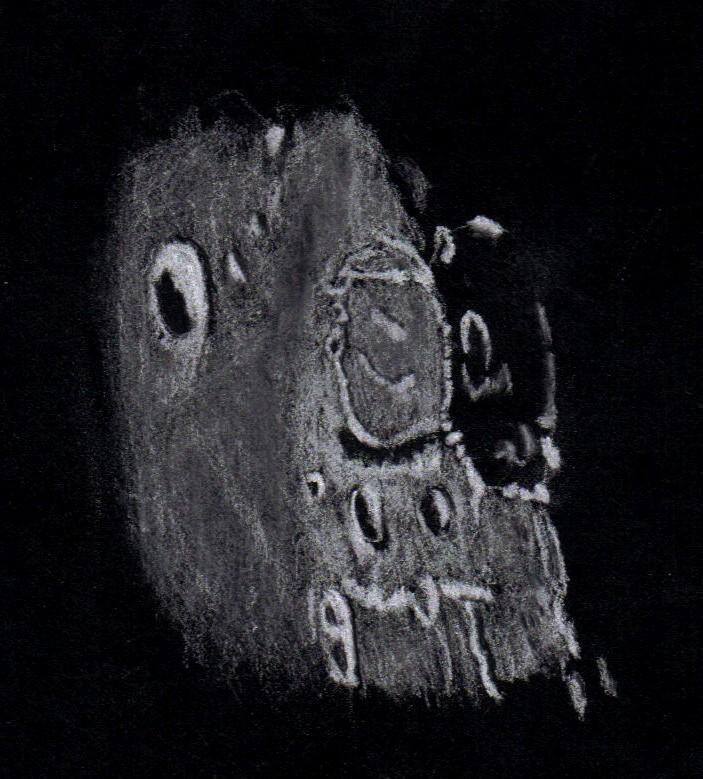
Lunar craters Babbage, Harpalus, and Short
Sketch and Details by Frank McCabe
On this fine evening the large (144 km.), ancient (Pre-Nectarian), walled plain crater Babbage with its sizable central crater Babbage A (32 km.) formed a focal point for the eye along the terminator. The morning sunlight was bouncing off what remains of the old battered rim of Babbage and the smooth walls of crater A. Sharing an eastern rubbly wall with Babbage is another 4 billion year old wall plain crater or what remains of it called South (108 km.). This one is on the beach of Mare Frigoris. Judging from the shape of the wall between Babbage and South, the latter is the younger impact feature. Resting within the Sea of Cold is Copernican period crater Harpalus (41 km.), its pristine appearance betraying its youth. Harpalus crater was made famous in the Classic Science fiction film from August of 1950 titled Destination Moon. This crater was the rocket landing site for the astronauts in this George Pal motion picture which won awards for special effects.
Sketching:
For this sketch I used: a small 7”x 7” piece of black Strathmore 400 Artagain paper, white and black Conte’
pastel pencils. Brightness and contrast slightly increased after scanning
Telescope: 10 inch f/ 5.7 Dobsonian with 6mm eyepiece (241x)
Date: 6-5-2009 2:15-2:45 UT
Temperature: 14°C (57°F)
Clear, calm
Seeing: Antoniadi III
Colongitude 54.6 degrees
Lunation 11.6 days
Illumination 93%
Oak Forest, Illinois
Frank McCabe


